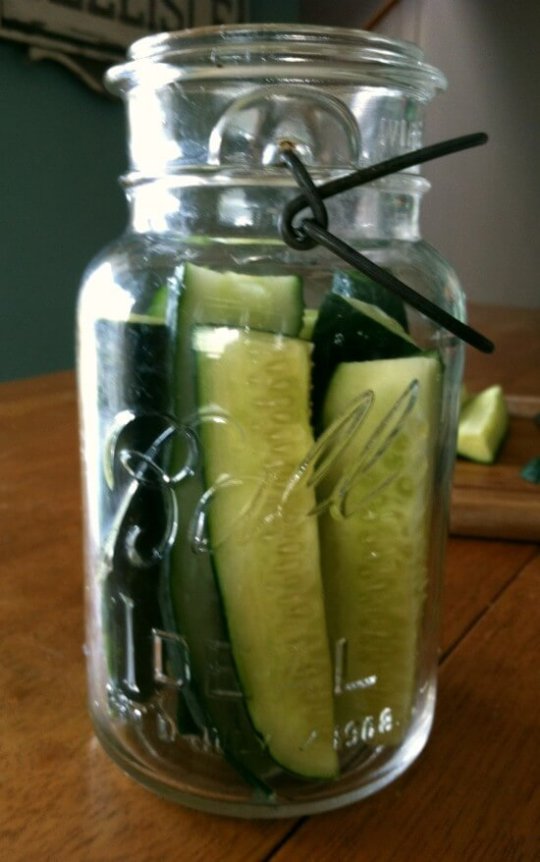No dairy used here!
- 1/3 cup White Bean Flour ::: I grind my own
- n1/4 tsp Garlic salt (Premium) ::: I would use a few cloves of garlic and probably No Salt or a Half Salt.
- 1/2 tsp Basil (Imported) ::: or Fresh from my Garden
- 2 Tb Vegetable Soup Base ::: I have some home made in the freezer..
- 1 cup Finely Chopped Celery ::: or Celeriac
- 3 cups Boiling Water
- 1/2 cup Onion, chopped
- 4 cups Fresh Broccoli, chopped ::: fresh or frozen
Directions
Makes 3 Servings.














Recent Comments